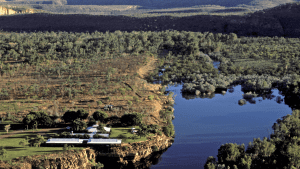
Fair vs Equal in Farm Succession Planning: How to Support All Your Kids, Not Just the Ones on the Farm
Discover why equal doesn’t always mean fair in farm succession planning. Learn how farming families can support all their children while protecting the farm’s future.







